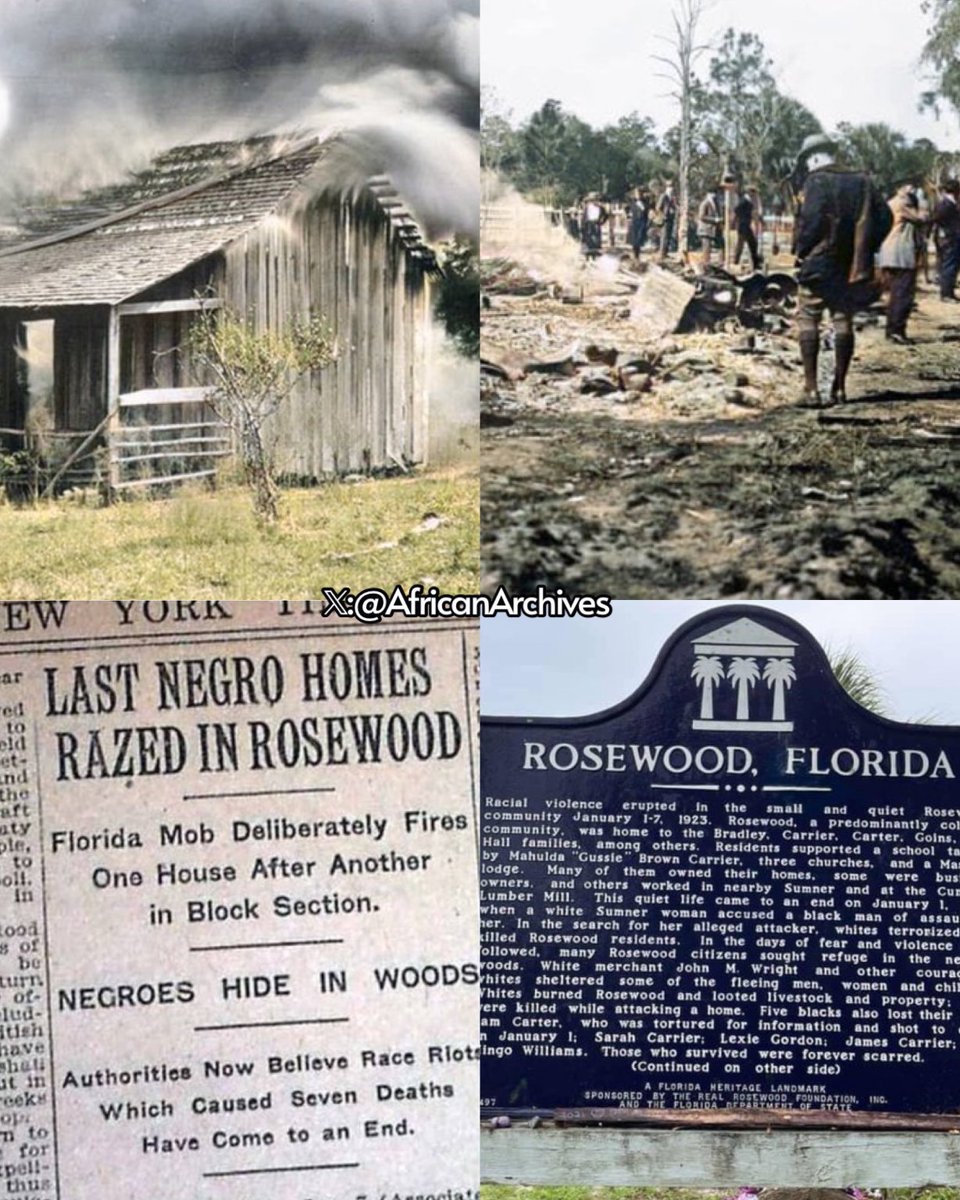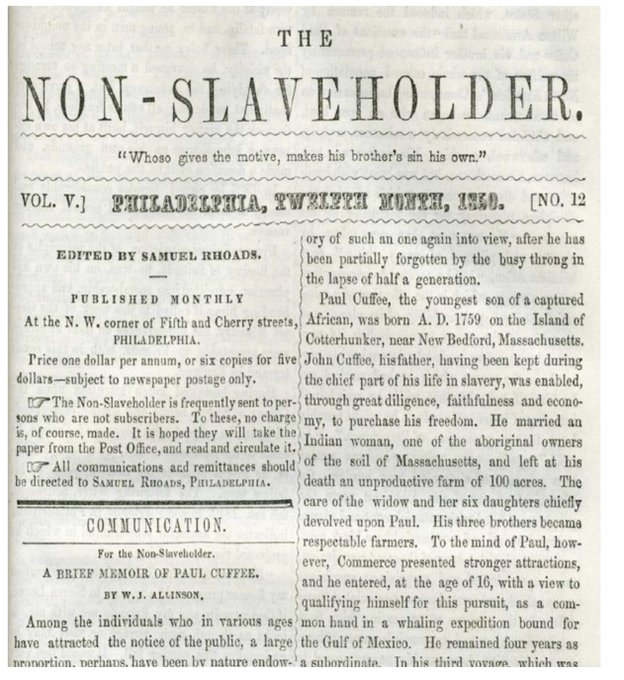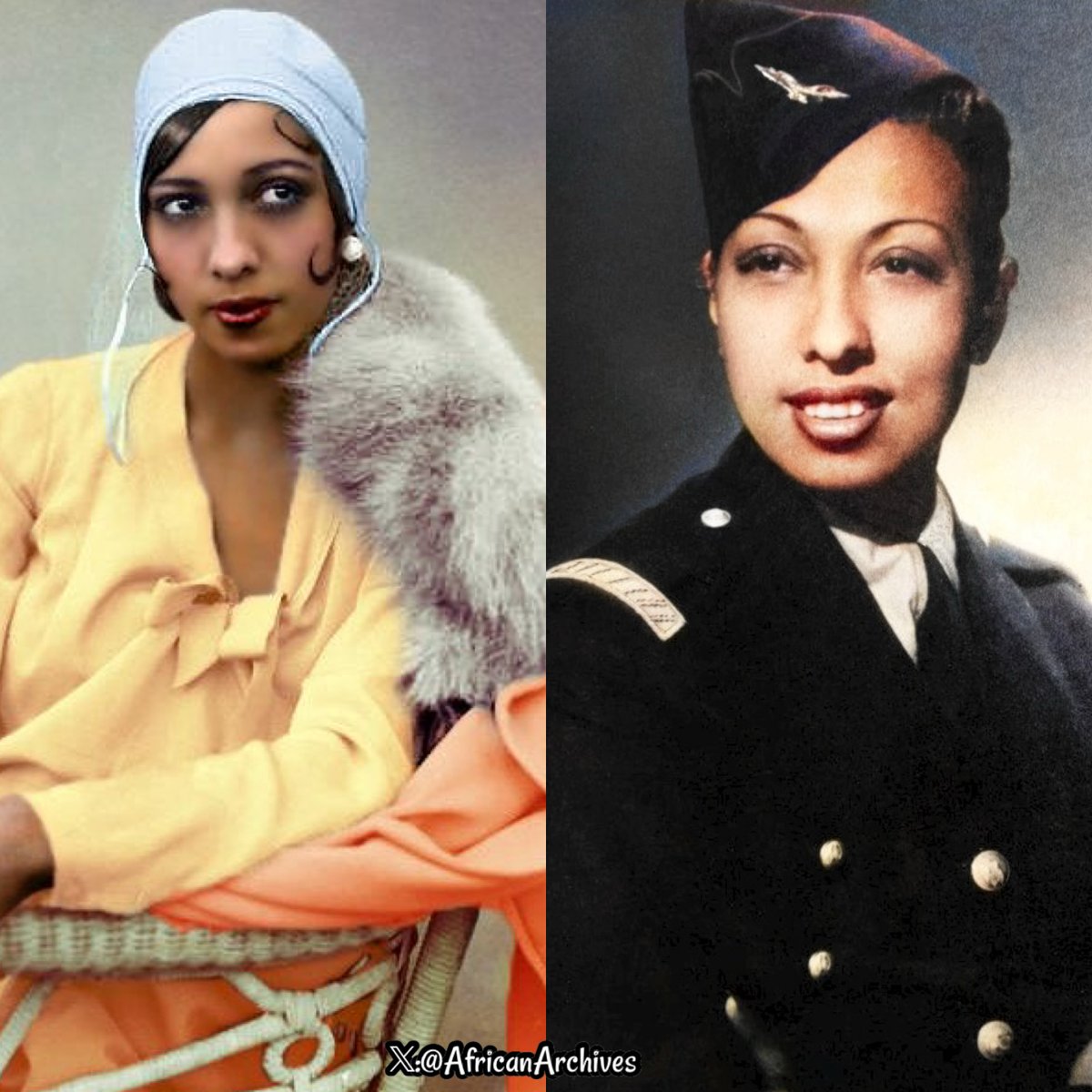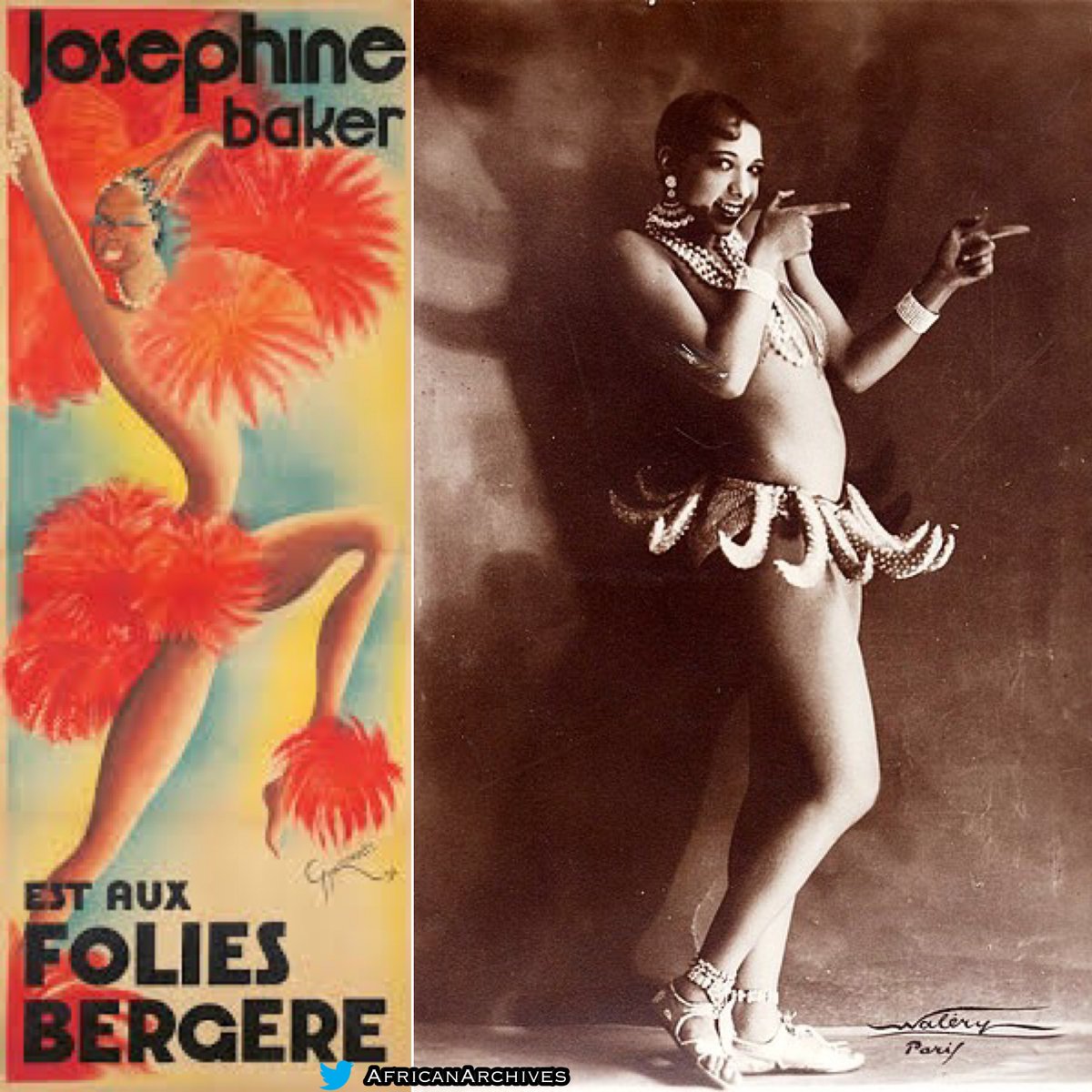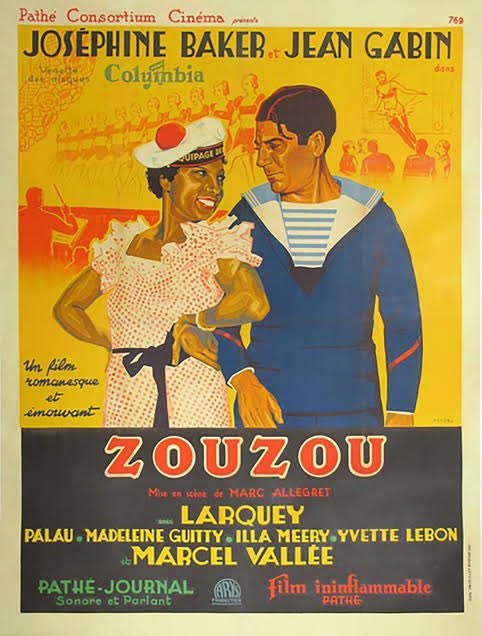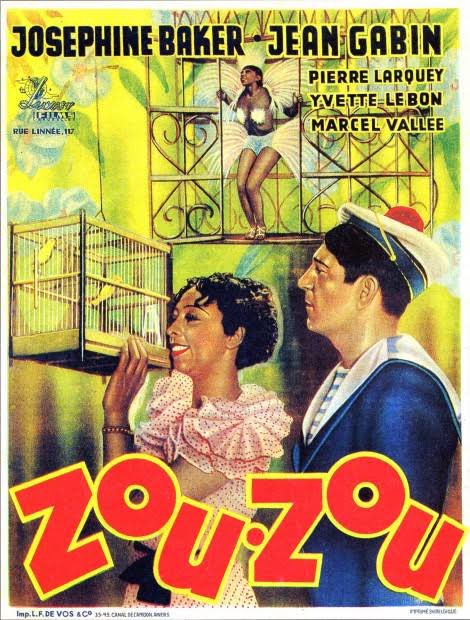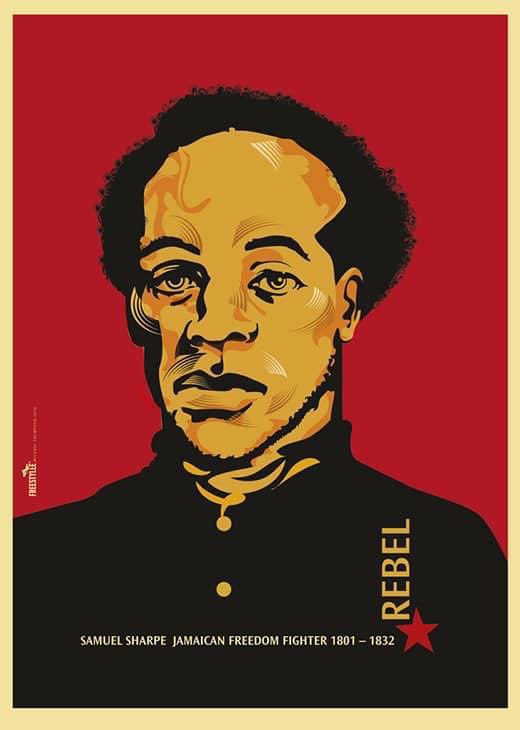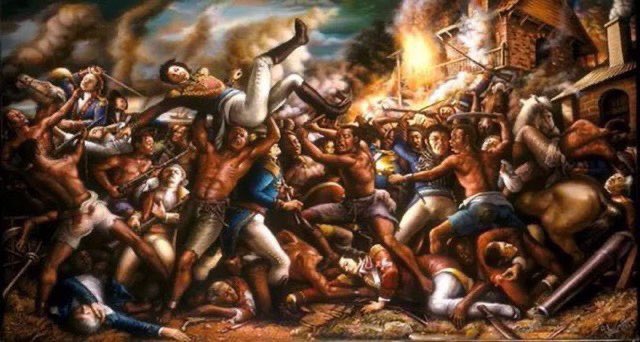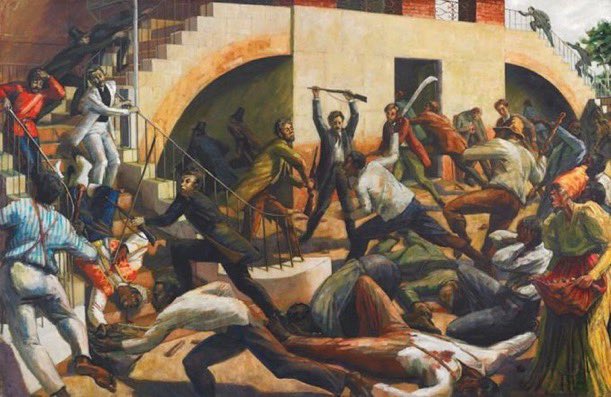Sarah Breedlove known as Madam C.J Walker was the first black woman to become a self-made millionaire. She developed a successful line of beauty and hair products for black women.
Black Women who have made their mark on History. A THREAD! #InternationalWomensDay

Black Women who have made their mark on History. A THREAD! #InternationalWomensDay


Sister Rosetta Tharpe is credited as the Godmother of Rock ‘N’ Roll. Before Elvis, Johnny Cash or Little Richard, there was Sister Tharpe- A Black woman who forged her own sound in a male dominated industry.
She does not get the credit she deserves.
She does not get the credit she deserves.
A Boston monument to Phyllis Wheatley. In 1773 she became the first black woman to publish a book.
Her poems captured the realities of slavery for the enslaved, before covering themes such as rebellion and revolution.

Her poems captured the realities of slavery for the enslaved, before covering themes such as rebellion and revolution.


When Bessie Coleman developed an interest in flying, women and people of color had no flight training opportunities in the US.
She learnt French and moved to Paris to earn her pilot's license.
She became the first black licensed pilot.

She learnt French and moved to Paris to earn her pilot's license.
She became the first black licensed pilot.


Euphemia Lofton Haynes was a mathematician and Educator. She became the first African-American woman to earn a Ph.D. in mathematics in 1943. 

Dr. Alexa Canady. She became the first black woman to become a neurosurgeon in 1981. She also co-invented a device to treat fluid buildup in the brain. 

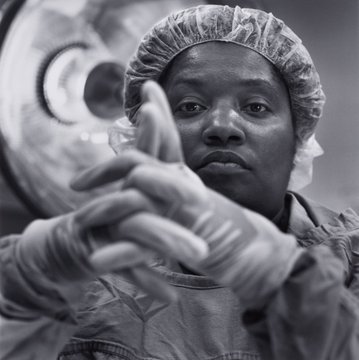

Alice Coachman became the first black woman to win an Olympic gold medal following a record-setting high jump despite nursing a back injury.
She was often unable to use the training facilities due to segregation & also trained barefoot and used old equipment
She was often unable to use the training facilities due to segregation & also trained barefoot and used old equipment

Constance Baker Motley was the first Black woman to argue cases before the Supreme Court and was the first African-American woman to be appointed as a federal judge, serving from 1966 to 1986. 

Dr. Shirley Jackson, first Black woman to ever earn a doctorate from the Massachusetts Institute of Technology (MIT)
Her research paved the way for numerous developments in the telecommunication space including the touch-tone telephone, the portable fax, caller ID & call waiting.

Her research paved the way for numerous developments in the telecommunication space including the touch-tone telephone, the portable fax, caller ID & call waiting.


Hazel Scott, piano prodigy, jazz sensation and television pioneer. She was the First African-American Woman to Host Her Own TV Show.
Not one but two Grand pianos being played with ease by Hazel Scott in 1943 🤯
Not one but two Grand pianos being played with ease by Hazel Scott in 1943 🤯
If you'd love to support my history page/project here through donations/tips to keep up, you can on: ko-fi.com/africanarchives
• • •
Missing some Tweet in this thread? You can try to
force a refresh





